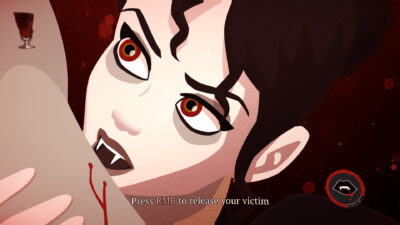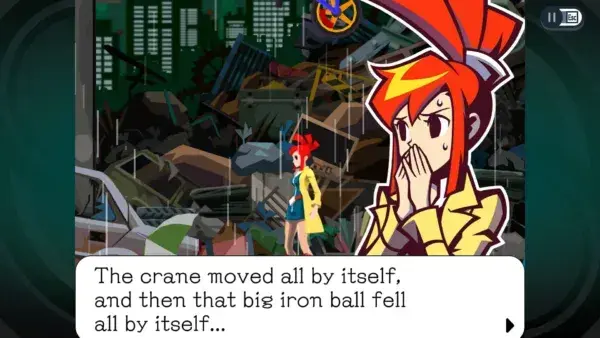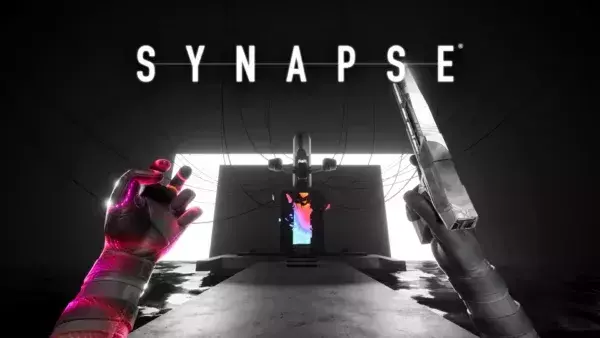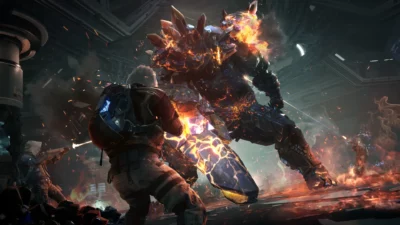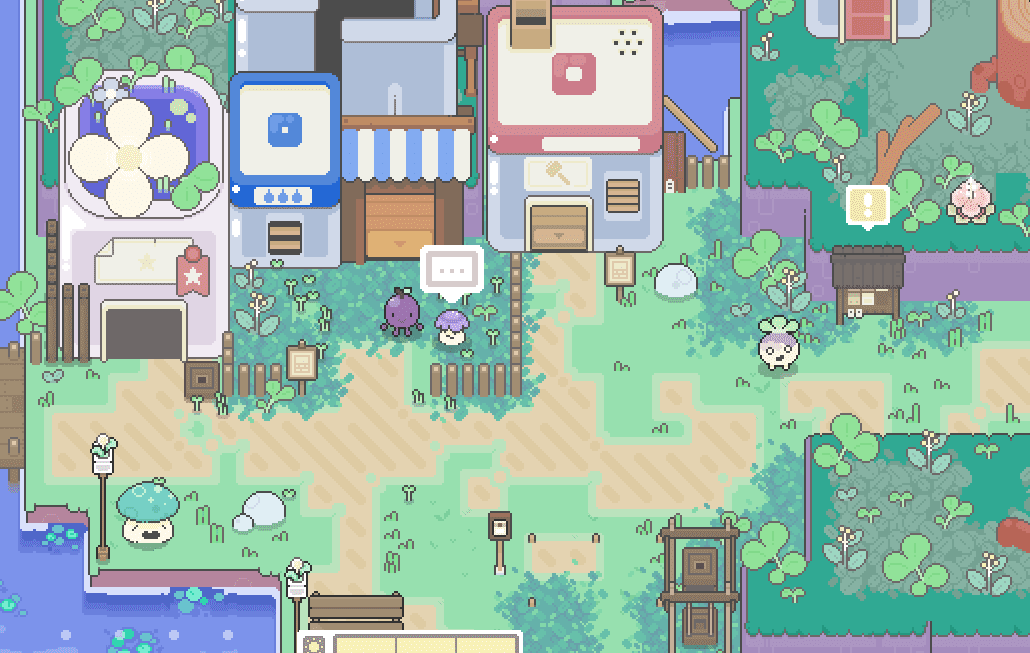
The soothing tone, the acres of green space viewed from above; there’s much about Garden Story that, at first glance, looks akin to Stardew Valley. But while the game has its nurturing side – tending to crops, gathering resources, and crafting tools are all part of the package – developer Picogram is more keen to emphasise its action-RPG elements.
Taking control of a plucky grape named Concord, it’s your job to restore an island ravaged by a mysterious, corrupting force called the Rot; so as well as farming and foraging, you’ll be journeying into the murkier recesses of the map, bashing enemies, collecting loot, and solving light puzzles.
“I set out to make something influenced strongly by the few Game Boy Advance Zelda games I played a lot as a kid,” Pico tells us. “Mechanically, Concord plays a lot like an action RPG character, but I’m throwing in a bunch of my favourite village sim mechanics, like gathering, requests, and libraries. If Zelda’s my foundation, Animal Crossing and Stardew Valley are the gravy on top.”
Where social sims like Animal Crossing and Stardew Valley were open-ended, then, Garden Story has a specific goal to achieve: reunite the four disparate regions left disconnected and ravaged by the Rot.
There’s a mystery to solve, too: the origin of the malaise that threatens the island, and how it can be repelled. Not that the game forces you to plough through the narrative and uncover all the secrets within a handful of hours or so; in a nod to its social-sim forebears, Garden Story’s the kind of game you can relax into and enjoy at your own pace.

Garden Story is “a huge jump up from the projects I’ve done before,” Pico says. “It’s all sorts of energising and terrifying, but people I trust say I’m doing a good job.”
“While I would describe the Rot as the ‘enemies’ of Garden Story, I’ve tried to push the narrative focus more on the Grove’s different villages reconnecting,” Pico says. “Conflict is an obvious choice for urgency and action, but perhaps not best for a game like Garden Story, where I emphasise community and comfort more.
“It’s hard to place the game into a specific play-length, but I’ve run through the story objectives in about six hours. Of course, I was cheating my way through, and who knows how grindy I’ll make some of those objectives in the end.”
The appropriately named Autumn Town Demo, released for a few months late last year, gave a taste of Garden Story’s variety: chatting to the locals – a charming rabble of frogs, fruits, and vegetables – smashing gooey enemies for resources, and completing tasks left on the village notice board.

Although it looks a lot like Stardew Valley, Garden Story’s more inspired by Zelda and JRPGs, although its story unfolds on a much smaller canvas.
There’s a clean simplicity to the game’s presentation that extends to its controls and interface. The Dowsing Rod item, in particular, is pleasingly like a Swiss Army knife; you can use it to fish objects from the water, as well as strike out-of-reach foes and snag the loot they leave behind.
Garden Story already looks and feels reassuringly polished – which is all the more impressive given that it’s Pico’s first commercial release, and a project they’re building almost entirely by themself (albeit with composer Graham Nesbitt handling the chilled-out music).
“It’s surely a juggle,” Pico says when we ask them about working as both the game’s artist and programmer. “It’s hard to say where I stop thinking of mechanics and start thinking of art instead.

The pastel-shaded pixel art and exclamations like “Map get!” reinforce the retro adventure feel.
“One of the big perks to solo development is that I’m able to think about all portions of the game side-by-side. It can be a bit overwhelming at times, but it definitely creates an oddly faster development process.”
Similarly, balancing all the things the player can do is a tricky task – though Pico hopes that Garden Story will ultimately offer something for just about everyone. “There’s definitely no promise that each section of the game will be equally entertaining to different people, but they can still choose what to focus on,” they say.
“Each town has requests unique to its needs, and the player can kind of pick and choose which community feels like home. For example, Winter Glade is always in need of kindling to keep the town warm, while Autumn Town’s broken foundations need constant repair.”

Garden Story is built in GameMaker Studio 2, while Pico uses Pyxel Edit for all those adorable sprites.
As for developing a social sim-action RPG hybrid by themself, well, Pico adds that an element of uncertainty’s all part of the process. “The first thing I learned in development is that you can’t be sure about anything – sorry to everyone with anxiety who works in games.
“I love sweating the small details, so I want to keep the Grove full of optional content. While I want a straight-action RPG play style to be viable for people who want to do that, I’m still developing the kind of game that I’d like to see on the market more.”
Garden Story still has a way to go before completion (“I’m just coming up on my Beta milestone, and that’s a wild ride,” Pico says), but having sampled just a morsel of the game’s wholesome, soothing mix of nurturing and adventuring, we can safely say we’re hungry for more.
Genre: Fruit-’em-up
Format: PC / Mac / Linux
Developer: Picogram
Publisher: Rose City Games, VIZ Media
Release: TBC


